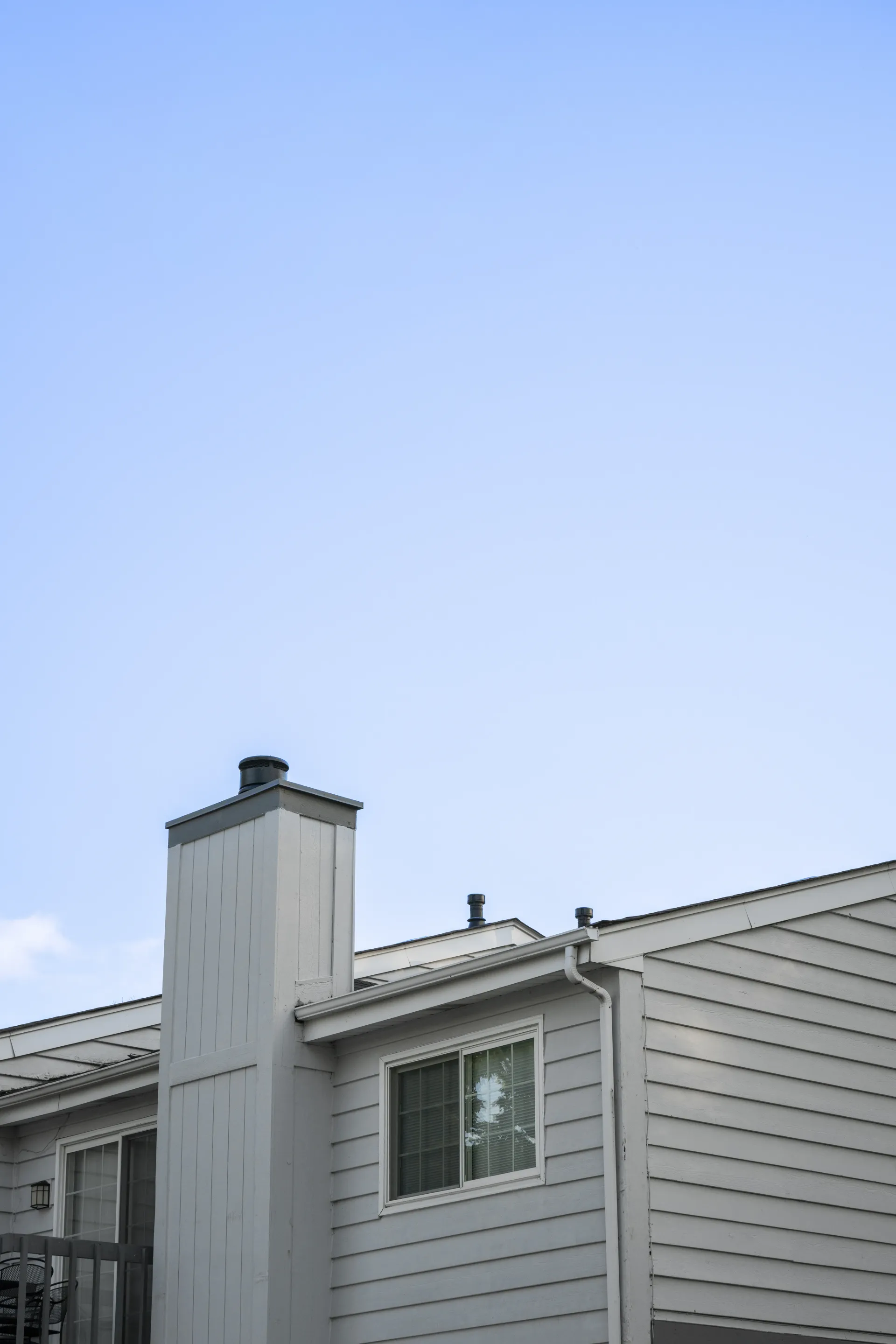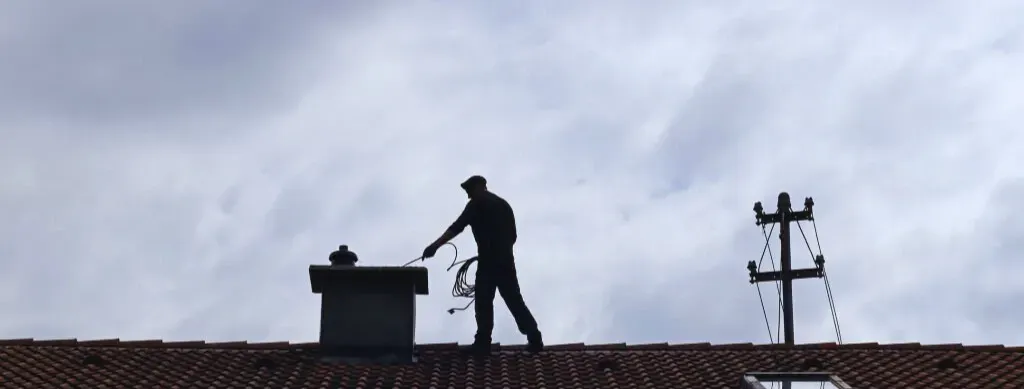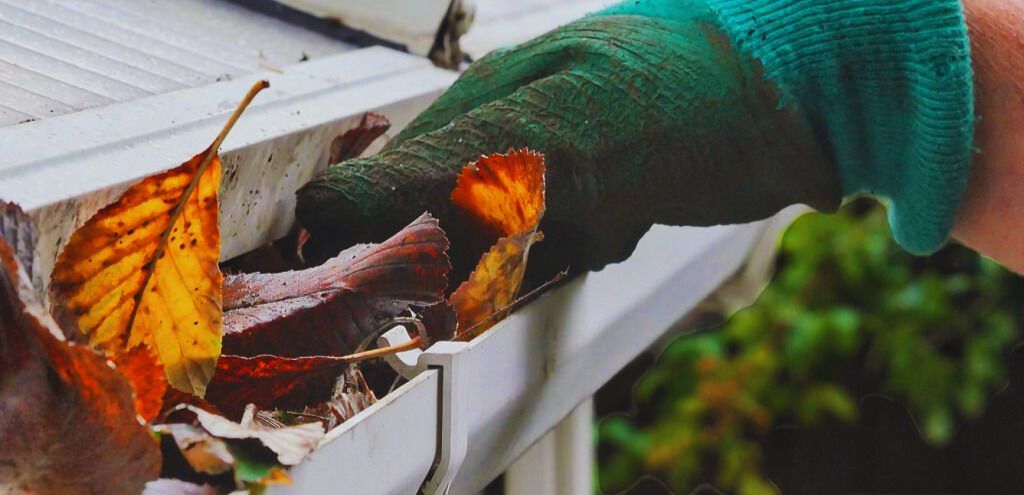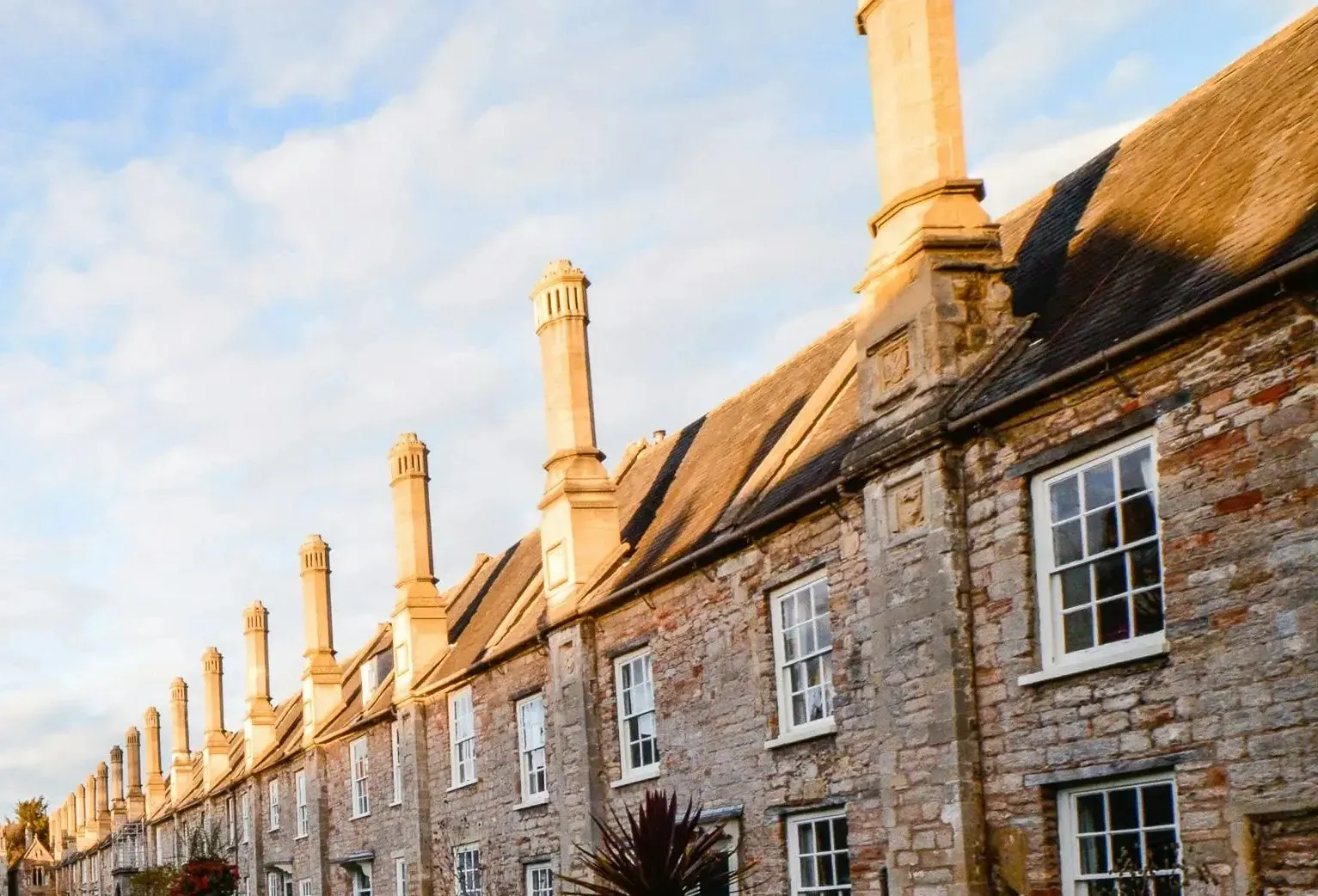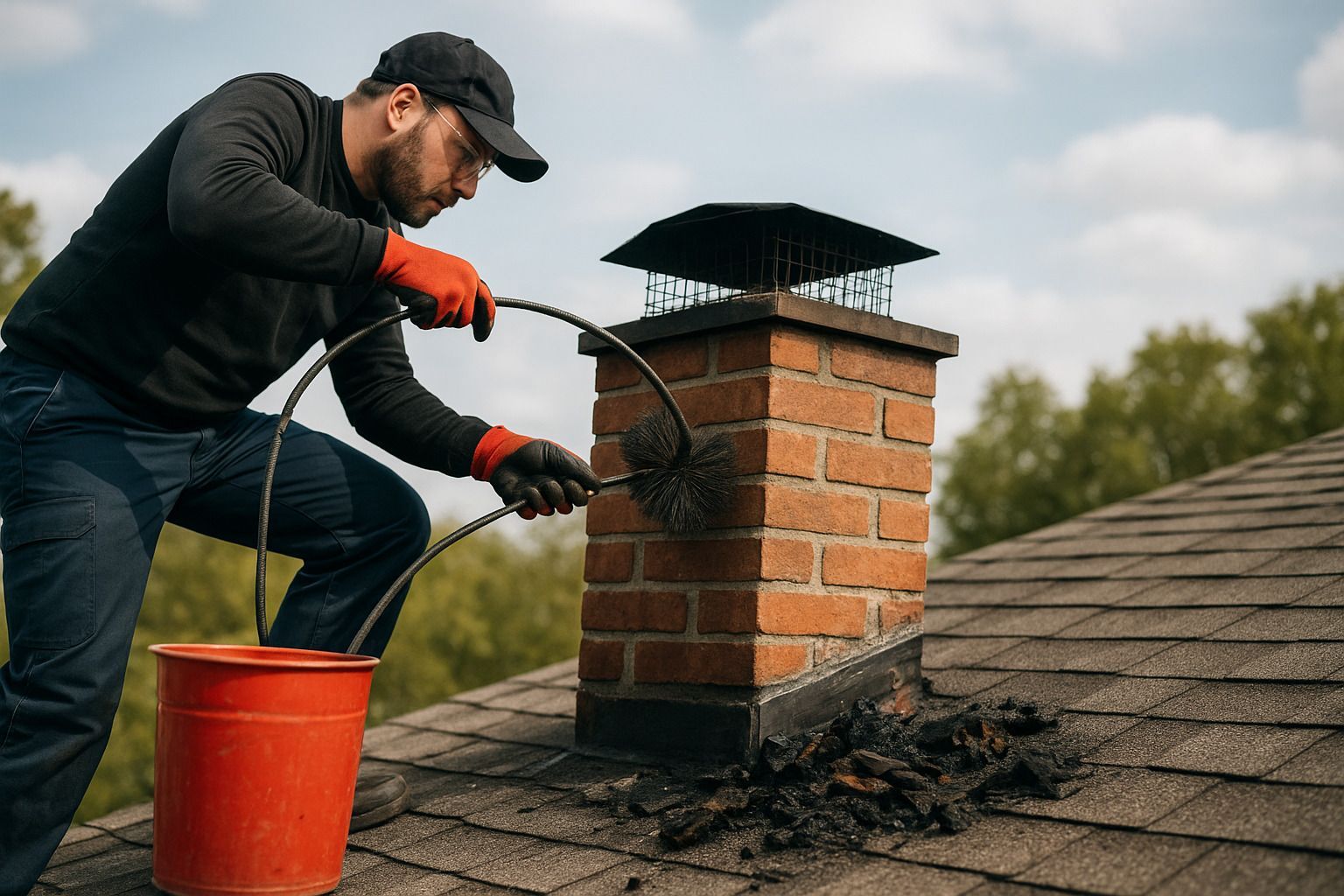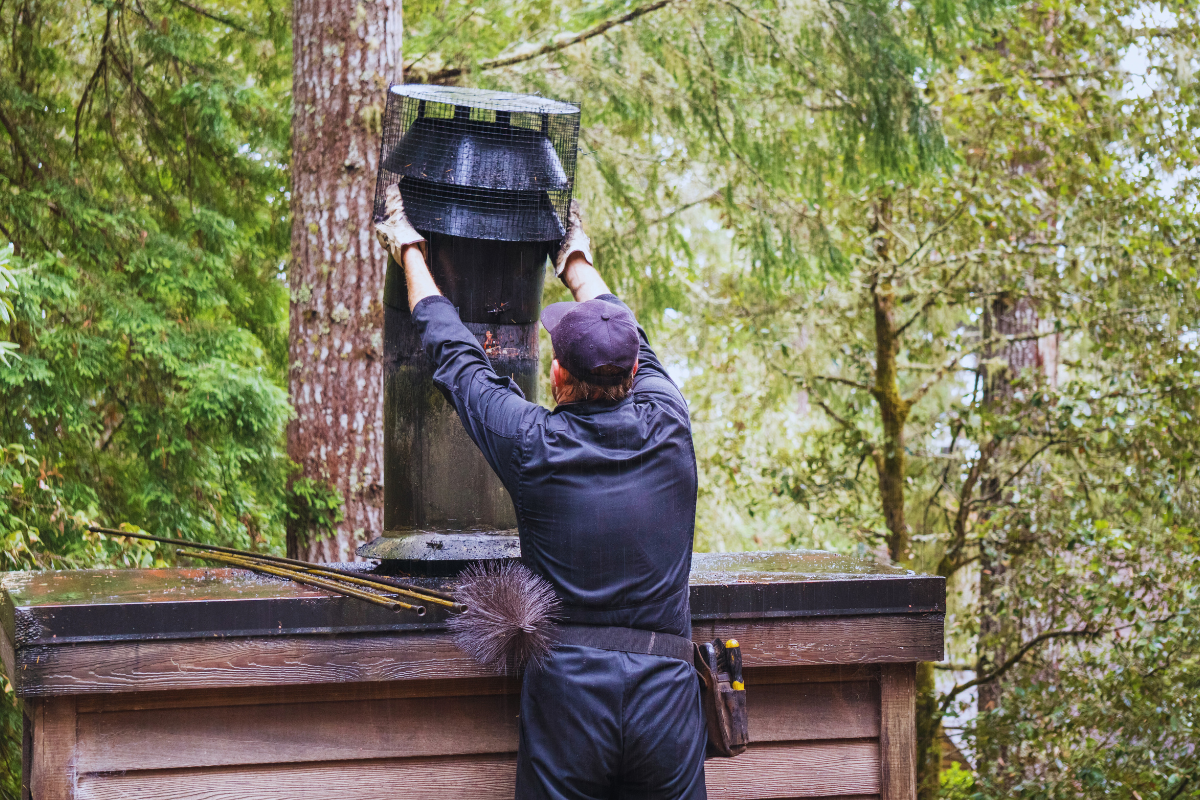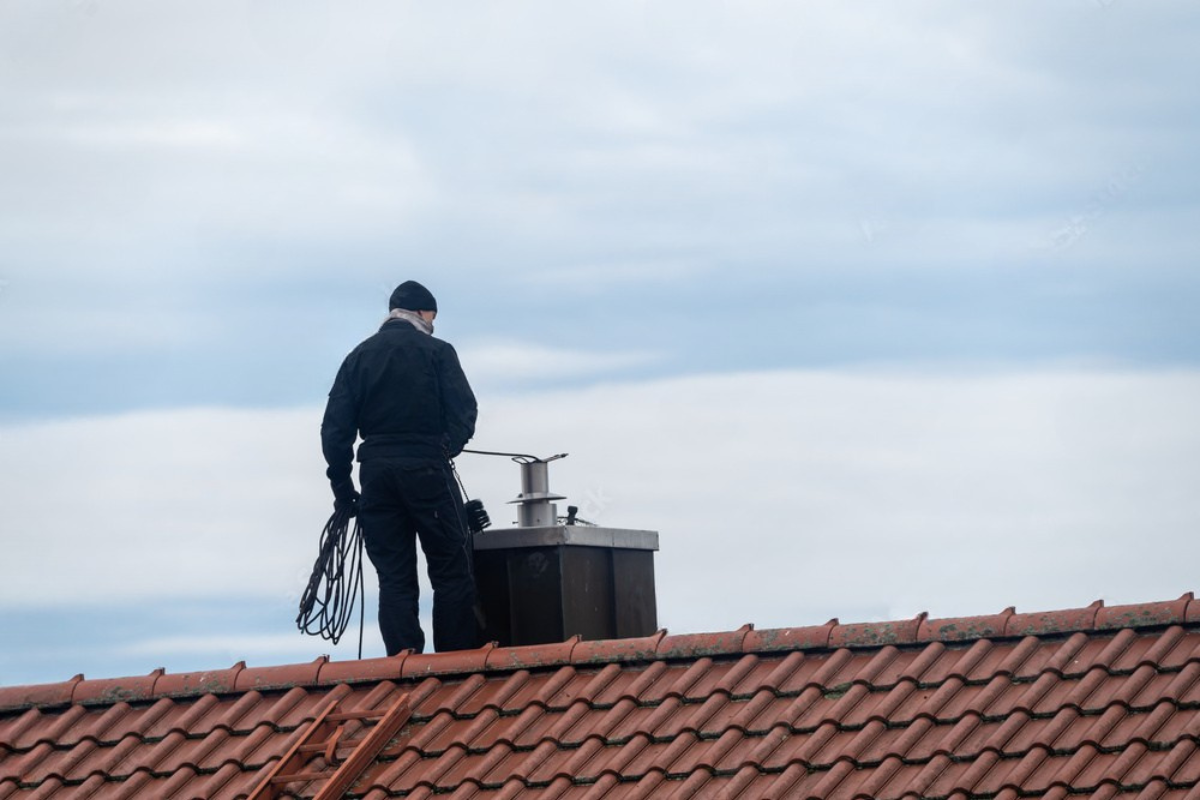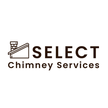Is Your Chimney Ready for What's Coming? The Importance of a Well-Maintained Chimney Crown and Cap
As I sit here, sipping my coffee and gazing out the window at the changing leaves, I can't help but think about the cozy evenings ahead. You know, those nights when the wind howls outside, and you're snuggled up by the fireplace, feeling grateful for the warmth and comfort of your home. But here's the thing - that comfort depends a lot on something we often overlook: our chimney's crown and cap.
A Tale of Two Chimneys: Why Maintenance Matters
Let me tell you a story about two neighbors, Sarah and Mike. Both had similar houses with beautiful brick chimneys. Sarah always made sure her chimney was in tip-top shape, while Mike... well, he had a more "out of sight, out of mind" approach.
Last winter, when the storms hit hard, Sarah's fireplace kept her family warm and cozy. Mike, on the other hand, found himself dealing with water damage, a smoky living room, and a hefty repair bill. The culprit? A damaged chimney crown and a missing cap.
This tale might seem simple, but it illustrates a crucial point: maintaining your chimney crown and cap isn't just about aesthetics - it's about protecting your home and ensuring your fireplace functions safely and efficiently.
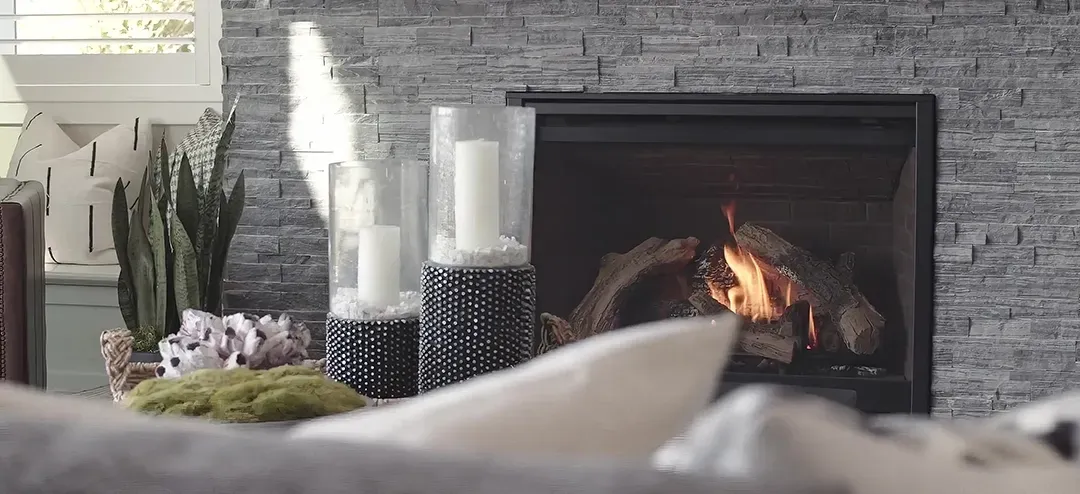
Understanding Your Chimney's Top Players
Before we dive into the nitty-gritty of maintenance, let's get to know the stars of our show: the chimney crown and cap.
The Chimney Crown: Your Roof's Unsung Hero
Think of the chimney crown as the unsung hero of your roof. It's that concrete or mortar slab that sits at the top of your chimney, sloping away from the flue. Its job? To direct water away from the chimney's center and protect the masonry below.
A well-maintained crown is your first line of defense against water damage. It's like an umbrella for your chimney, shielding it from rain, snow, and all the surprises Mother Nature throws our way here in ME and NH.
The Chimney Cap: Guardian Against the Elements
Now, meet the chimney cap - the guardian perched atop your chimney. This metal contraption might look simple, but it's a multitasker extraordinaire. It keeps rain and snow out, prevents animals from making your chimney their new home, and even helps stop sparks from escaping and potentially causing a roof fire.
A good chimney cap is like a bouncer for your chimney, deciding what gets in and what stays out. And trust me, you want a strict bouncer when it comes to your chimney!
Signs Your Chimney Crown Needs Attention
Alright, now that we're acquainted with these important chimney components, let's talk about how to spot trouble before it spirals out of control.
Cracks and Chips: The Silent Threat
I always tell homeowners to keep an eye out for cracks or chips in their chimney crown. These might seem minor, but they're like small cracks in a dam - give them time, and they'll lead to bigger problems.
Water can seep into these cracks, freeze, expand, and cause even more damage. Before you know it, you're looking at a crumbling crown and potential water damage to your chimney and home.
Water Stains: When Your Chimney Cries for Help
Have you noticed water stains on your ceiling near the chimney or on the chimney itself? That's your home's way of waving a red flag. These stains often indicate that water is getting past your chimney crown and making its way into your house.
The Domino Effect of Neglect
Ignoring these signs can lead to a domino effect of problems. Water damage can weaken your chimney's structure, lead to mold growth, and even compromise your home's insulation. Trust me, it's a headache you don't want to deal with.
Chimney Cap Troubles: What to Look Out For
Your chimney cap might be out of sight, but it shouldn't be out of mind. Here's what you need to watch for:
Rust and Corrosion: The Metal Menace
Chimney caps are typically made of metal, which means they can rust over time. During your next roof inspection, take a close look at your chimney cap. Any signs of rust or corrosion mean it's time to consider a replacement.
A rusty cap is a weak cap, and a weak cap can't do its job of protecting your chimney from the elements.
Missing or Damaged Caps: An Open Invitation to Trouble
Sometimes, chimney caps can go missing after severe weather or may become damaged over time. A missing or damaged cap is like leaving your front door wide open - it's an invitation for water, animals, and debris to enter your chimney.
If you notice your cap is missing or damaged, don't wait to replace it. It's a relatively simple fix that can prevent a host of problems down the line.
DIY Inspection: Becoming Your Chimney's Best Friend
Now, I'm not saying you need to become a chimney expert overnight, but a little DIY inspection can go a long way in catching problems early.
Safety First: Preparing for a Chimney Check-Up
Before you start playing chimney inspector, let's talk safety. You don't need to climb on your roof to get a good look at your chimney. A pair of binoculars and a clear day can give you a great view from the ground.
If you do decide to get a closer look, make sure you have a sturdy ladder and someone to spot you. Better yet, leave the climbing to the professionals - your safety is worth more than saving a few bucks.
What to Look For: A Homeowner's Guide
Here's a quick checklist for your DIY chimney inspection:
- Look for visible cracks or chips in the crown
- Check for missing mortar between bricks
- Inspect the cap for rust, damage, or absence
- Look for water stains on the chimney or nearby ceiling
- Check for plant growth on or around the chimney
If you spot any of these issues, it's time to consider professional help.
Professional Help: When to Call in the Experts
While DIY inspections are great for catching obvious problems, nothing beats a professional eye when it comes to chimney maintenance.
The Benefits of Professional Chimney Inspection
Professional chimney sweeps have the tools and knowledge to spot issues that might not be visible to the untrained eye. They can:
- Thoroughly inspect your chimney crown and cap
- Check for hidden water damage
- Assess the overall structure of your chimney
- Provide expert advice on necessary repairs or maintenance
Plus, they can clean your chimney while they're at it, ensuring it's ready for those cozy winter fires.
Choosing the Right Chimney Service in ME and NH
When it comes to choosing a chimney service, look for certified professionals with good reviews and local experience. Here in ME and NH, we deal with some tough weather, so you want someone who understands our specific climate challenges.
Don't hesitate to ask for references or check online reviews. A good chimney service will be happy to provide proof of their quality work.
Chimney Crown Repair: Restoring Your Chimney's Crown Jewel
If your chimney crown needs repair, don't panic. It's a common issue with a range of solutions.
Types of Chimney Crown Repair
Depending on the extent of the damage, your crown might need:
- Crack sealing: For minor cracks, a sealant can often do the trick
- Resurfacing: If the damage is more extensive, the crown might need to be resurfaced
- Complete replacement: In severe cases, the entire crown might need to be rebuilt
The Repair Process: What to Expect
A typical chimney crown repair process might look like this:
- Inspection and assessment of the damage
- Cleaning and preparation of the crown surface
- Application of repair materials (sealant, mortar, or concrete)
- Waterproofing to prevent future damage
Remember, a well-repaired crown can last for years, protecting your chimney and home from water damage.
Chimney Cap Installation: Capping Off Your Chimney Care
Installing or replacing a chimney cap is one of the most cost-effective ways to protect your chimney.
Choosing the Right Chimney Cap
When selecting a chimney cap, consider:
- Material: Stainless steel and copper are durable options
- Size: Make sure it fits your chimney flue
- Design: Some caps are designed to improve draft or prevent animal entry
The Installation Process: Securing Your Chimney's Guardian
Installing a chimney cap typically involves:
- Measuring your chimney flue
- Selecting the appropriate cap
- Securing the cap to the chimney crown
- Ensuring a proper fit and seal
A properly installed cap will keep out rain, snow, animals, and debris while allowing smoke to escape freely.
Weather-Proofing Your Chimney: Beyond the Crown and Cap
While the crown and cap are crucial, there are other steps you can take to weather-proof your chimney.
Waterproofing: The Invisible Shield
Applying a waterproof sealant to your chimney can provide an extra layer of protection against moisture. This invisible shield can help prevent water from seeping into the bricks and mortar.
Flashing: Sealing the Deal
Chimney flashing - the metal sheets that seal the gap between your chimney and roof - is another key player in chimney protection. Make sure your flashing is in good condition to prevent leaks where your chimney meets your roof.
Seasonal Chimney Maintenance: Staying Ahead of the Game
Just like you prepare your garden for different seasons, your chimney needs seasonal care too.
Spring Cleaning: More Than Just Sweeping
Spring is a great time for a thorough chimney inspection and cleaning. After a winter of use, your chimney could use some TLC. This is also a good time to address any damage that might have occurred during the harsh winter months.
Fall Prep: Getting Ready for the Cozy Season
As fall approaches and you start dreaming of cozy fires, make sure your chimney is ready. Have it inspected and cleaned if necessary, and address any issues before the cold weather sets in.
The Cost of Neglect vs. The Value of Maintenance
I know, I know - chimney maintenance might not be the most exciting way to spend your home improvement budget. But trust me, it's worth it.
The Financial Impact of Chimney Damage
Neglecting your chimney can lead to costly repairs down the line. Water damage, structural issues, and even house fires can result from a poorly maintained chimney. The cost of these repairs can easily run into thousands of dollars.
Long-Term Savings Through Regular Care
On the flip side, regular maintenance - while it does come with a cost - can save you money in the long run. By catching and addressing issues early, you prevent more extensive damage and extend the life of your chimney.
Plus, a well-maintained chimney is more efficient, potentially saving you on heating costs.
Conclusion: Crowning Glory - Your Well-Protected Chimney
As we wrap up this journey through the world of chimney crowns and caps, I hope you've gained a new appreciation for these often-overlooked parts of your home. Your chimney works hard to keep you warm and cozy - doesn't it deserve a little TLC in return?
Remember, a well-maintained chimney crown and cap are your best defense against the harsh weather we face here in ME and NH. They protect your home from water damage, keep critters out, and ensure your fireplace functions safely and efficiently.
So, as the leaves start to turn and the air gets crisp, take a moment to show your chimney some love. Schedule that inspection, repair that crown, or install that new cap. Your future self, snug by the fire on a cold winter's night, will thank you.
And hey, if you're ever in doubt about your chimney's health, don't hesitate to reach out to a professional. After all, when it comes to your home's safety and comfort, it's always better to be safe than sorry.
Here's to warm fires, cozy nights, and chimneys that stand strong against whatever Mother Nature throws our way!
FAQs: Your Burning Questions Answered
- How often should I have my chimney inspected? I recommend an annual inspection, typically in the spring or early fall before the heating season begins.
- Can I install a chimney cap myself? While it's possible, I always suggest professional installation to ensure proper fit and safety.
- How long does a chimney crown typically last? With proper maintenance, a chimney crown can last 50-75 years. However, regular inspections are crucial to catch any issues early.
- What's the best material for a chimney cap? Stainless steel and copper are durable options that resist corrosion.
- How can I tell if my chimney crown is damaged? Look for visible cracks, chips, or water stains on the chimney or nearby ceilings.
- Is chimney maintenance covered by homeowners insurance? Typically, routine maintenance isn't covered, but damage resulting from a poorly maintained chimney might not be covered either. It's best to check with your insurance provider.
- Can animals really nest in my chimney? Absolutely! Birds, squirrels, and even raccoons can make their homes in unprotected chimneys.
- How much does chimney crown repair typically cost? Costs can vary widely depending on the extent of damage, but minor repairs might start around $200, while a full replacement could run $2,000 or more.
- Can I use my fireplace if I suspect chimney damage? It's best to have your chimney inspected by a professional before use if you suspect any damage.
- How can I prevent chimney crown damage? Regular inspections, prompt repairs of minor issues, and applying a waterproof sealant can help prevent damage.
Remember, for all your chimney needs, don't hesitate to contact us at Select Chimney Services. We're here to keep your home safe and your fires burning bright!
